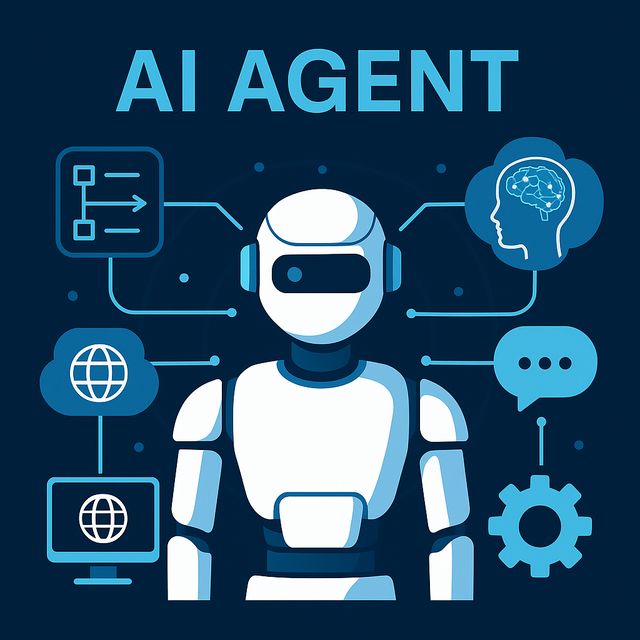Humanoid robots, once the stuff of science fiction, are now becoming an exciting reality, driven by rapid advancements in artificial intelligence (AI), robotics, and machine learning. Tech giants like Boston Dynamics, Tesla, and Hanson Robotics are leading the charge in developing robots that can walk, talk, and interact with humans in increasingly sophisticated ways. These AI-powered machines are set to revolutionize industries, reshape everyday life, and challenge our understanding of what it means to coexist with intelligent machines.
The Evolution of Humanoid Robots
The journey of humanoid robotics has been long and fascinating. From early experiments with mechanical automatons to today’s AI-driven robots that can mimic human movements and emotions, the progress has been remarkable. Early robots were limited to industrial automation, performing repetitive tasks on factory floors. However, modern humanoid robots, like Boston Dynamics’ Atlas and Hanson Robotics’ Sophia, are designed to interact with people, understand complex commands, and even make independent decisions using AI algorithms.
The key technologies fueling this evolution include:
- Advanced AI and Machine Learning: Enabling robots to learn from experience, recognize faces, and make autonomous decisions.
- Sensor and Vision Systems: Providing robots with the ability to perceive their environment and navigate obstacles in real time.
- Human-Robot Interaction (HRI): Allowing robots to engage in meaningful communication through speech and gestures.
How Humanoid Robots Are Transforming Industries
AI-driven humanoid robots are making significant inroads into various sectors, including healthcare, logistics, and customer service. Some of the most promising applications include:
- Healthcare: Humanoid robots can assist in elder care, provide companionship, and even perform routine medical checkups, reducing the burden on healthcare professionals. For example, Hanson Robotics’ Grace robot is designed specifically for the healthcare industry, offering patient engagement and support.
- Manufacturing and Logistics: Robots like Tesla’s Optimus are being developed to take on repetitive tasks in factories, warehouses, and supply chains. These robots can work alongside human employees, increasing productivity and reducing workplace injuries.
- Retail and Customer Service: Companies are deploying robots in retail environments to greet customers, provide assistance, and manage inventory. AI-driven humanoids can enhance the shopping experience by offering personalized recommendations and multilingual support.
- Security and Surveillance: With AI-powered vision and behavioral analysis capabilities, humanoid robots can monitor public spaces, detect suspicious activities, and provide real-time security insights.
Challenges and Ethical Considerations
Despite the exciting potential of humanoid robots, several challenges and ethical concerns remain. Some of the key issues include:
- Data Privacy and Security: Humanoid robots collect vast amounts of data about their surroundings and interactions. Ensuring this data is protected from cyber threats is a major challenge.
- Job Displacement: The rise of intelligent robots raises concerns about automation replacing human jobs across multiple industries. Striking a balance between automation and human employment is crucial.
- Ethical Use of AI: As robots become more autonomous, questions arise about decision-making authority and responsibility in case of errors or accidents.
Looking ahead, the future of humanoid robots is incredibly promising. Some of the key trends we can expect include:
- Increased Human-Like Interaction: Advances in natural language processing (NLP) and emotional AI will make robots even more intuitive and responsive to human emotions.
- Wider Adoption in Smart Cities: Humanoid robots will play a key role in smart city initiatives, assisting in public transportation, city planning, and citizen services.
- Collaboration with AI Systems: As AI capabilities continue to evolve, robots will work seamlessly alongside AI systems, handling complex tasks with greater efficiency.
AI-driven humanoid robots are set to become an integral part of our lives, transforming industries, enhancing productivity, and redefining the way we interact with technology. As companies continue to push the boundaries of what these machines can achieve, we must also address the ethical and societal implications to ensure a future where humans and robots coexist harmoniously.


